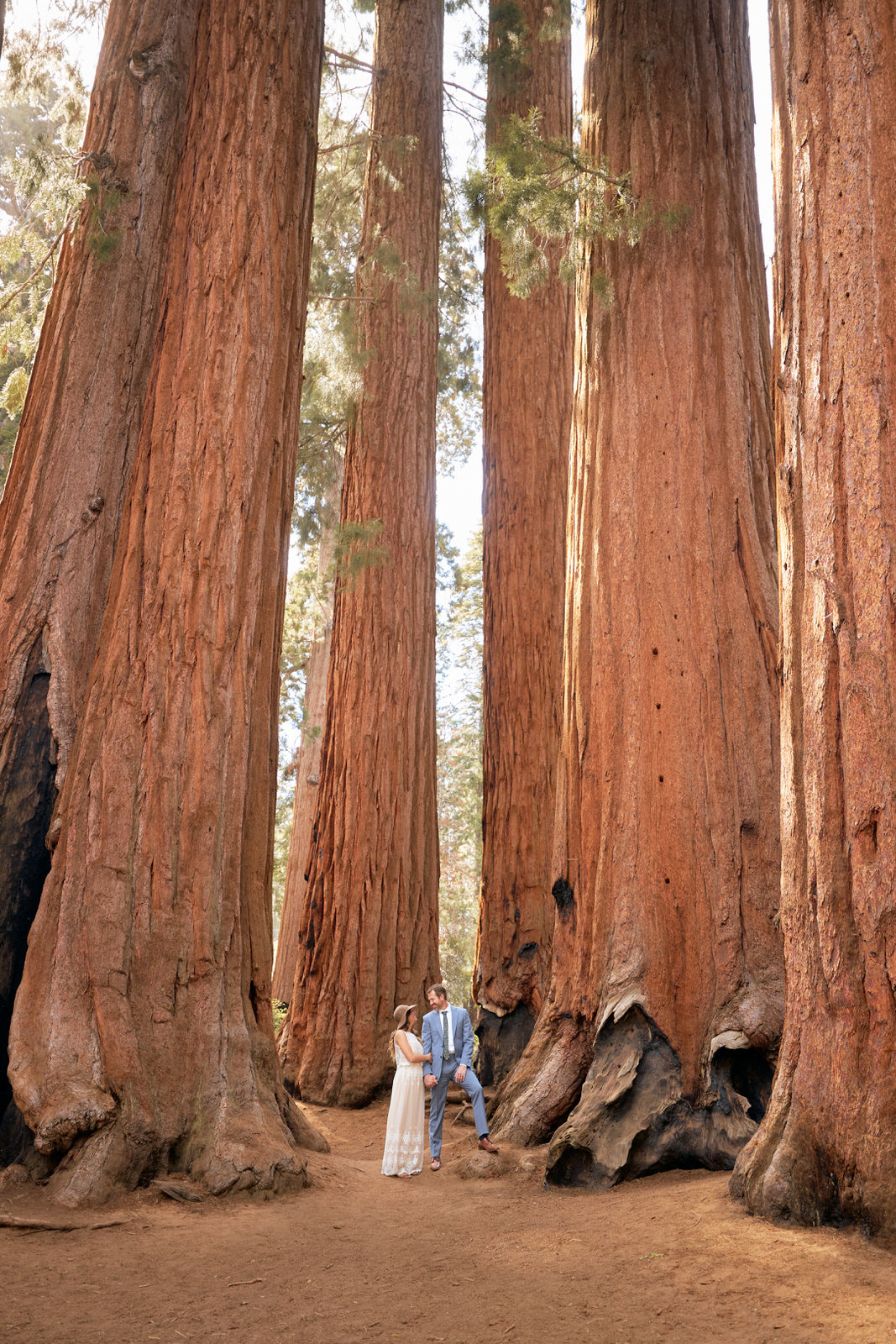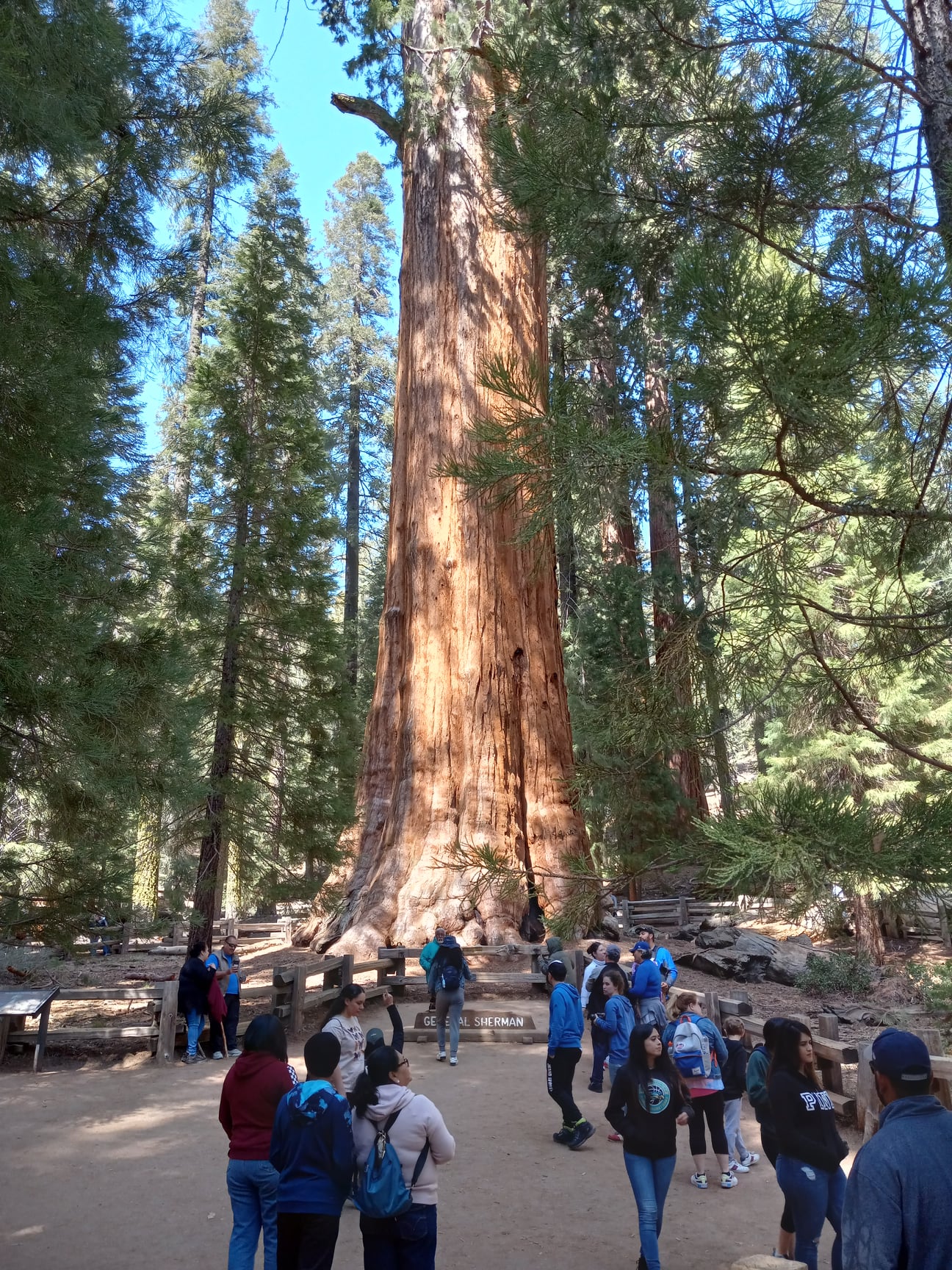Sequoia National Park Weather-- Be Gotten Ready For Your Outdoor Journey
Sequoia National Park Weather-- Be Gotten Ready For Your Outdoor Journey
Blog Article
Explore the Diverse Wildlife Habitats Within Sequoia National Park
Sequoia National Forest is an ecological treasure, showcasing an impressive range of wildlife environments that contribute to its rich biodiversity. From the magnificent gigantic sequoia woodlands to the varied towering fields, each setting plays a crucial duty in supporting numerous varieties, including both common and unusual fauna. The interaction of these habitats not just cultivates an unique community however additionally emphasizes the value of preservation initiatives in maintaining this equilibrium. As we analyze the particular characteristics of these habitats, interesting questions emerge concerning the interconnectedness of life within this remarkable landscape.
Introduction of Sequoia National Forest
Sequoia National forest, nestled in the southern Sierra Nevada chain of mountains of The golden state, is renowned for its awesome landscapes and looming gigantic sequoias. Established in 1890, it is just one of the oldest national forests in the United States, dedicated to maintaining the natural charm and environmental stability of this unique region. The park includes over 404,000 acres of diverse terrain, featuring stunning mountains, deep canyons, and lush meadows.

Site visitors can explore many treking tracks, ranging from leisurely walks to difficult backcountry paths, each supplying an unique perspective of the park's magnificence. With its combination of natural wonders and entertainment possibilities, Sequoia National Park acts as a crucial shelter for both wild animals and those looking for to link with nature.

Major Wildlife Environments
The diverse landscapes of Sequoia National Park develop a mosaic of wildlife environments that support an abundant range of species. These environments range from lavish fields and dense forests to rough alpine areas and large river valleys, each offering special environmental specific niches.
One popular environment is the huge sequoia woodland, defined by looming trees and a rich understory, which supports various animals, birds, and insects. The blended conifer forests, made up of species such as sugar yearn and white fir, deal extra shelter and food sources for wild animals.
Meadows and meadows play an important function in the park's environments, offering as essential foraging premises for herbivores like deer and little creatures. These open locations likewise attract diverse bird types, especially throughout movement seasons.
The park's higher altitudes feature towering environments, where problems are harsh and species are adapted to survive in such extremes (Sequoia National Park hour). Here, one can locate special flora and animals that thrive in rocky, cold environments
Flora and Animal Diversity
Within the diverse ecological communities of Sequoia National Park, a remarkable range of vegetation and animals coexists, showcasing the complex partnerships that maintain the park's biodiversity. The park is home to over 1,300 plant species, including the famous huge sequoias, which are among the biggest and oldest trees on Earth. These marvelous trees offer important habitat and food resources for numerous wildlife, fostering a complicated internet of ecological communications.
Pet species in Sequoia National Park are just as varied, with environments varying from lowland foothills to high towering environments. Animals such as black bears, mule deer, and bobcats thrive in this rich community, while bird types, consisting of the impressive gold eagle and the elusive spotted owl, grace the skies. Amphibians and reptiles, like the Sierra newt and the western rattlesnake, also play crucial roles in preserving eco-friendly balance.
The park's special combination of altitude gradients and microclimates sustains these diverse types, highlighting the relevance of protecting the all-natural environments that allow such a rich tapestry of life to prosper. Comprehending this diversity is critical for appreciating the ecological value of Sequoia National Park.
Conservation Efforts in the Park
Conservation initiatives in Sequoia National forest play a critical duty in safeguarding its one-of-a-kind environments and the diverse types that inhabit them. The park uses a multifaceted technique, consisting of habitat restoration, species monitoring, and intrusive types monitoring. These efforts are essential for preserving the delicate balance of the park's communities, that include giant sequoias, meadows, and towering environments.
Energetic remediation jobs concentrate on reestablishing native plant communities and fixing up abject habitats. Sequoia National Park hour. This is particularly crucial in areas affected by human task or natural disruptions such as wildfires. The park's biologists carry out normal tracking of key varieties, including the endangered Sierra Nevada bighorn lamb, to assess population health and wellness and educate monitoring methods
Invasive types posture a significant hazard to the park's biodiversity. Via these thorough campaigns, Sequoia National Park makes every effort to protect its rich natural heritage for future generations while making sure the resilience of its varied wildlife habitats.
Tips for Wildlife Observation
Observing wildlife in Sequoia National forest offers a special opportunity to get in touch with nature and appreciate the varied species that thrive in this impressive habitat. To maximize your wild animals monitoring experience, think about several necessary pointers.
First of all, strategy your browse through throughout very early morning or late mid-day, as these times are most active for numerous pets. Bring field glasses to observe wild animals from a risk-free distance without disturbing their natural habits. Furthermore, familiarize yourself with the varieties you wish to see; understanding their routines and habitats can enhance your possibilities of identifying them.
Patience is important; wildlife observation typically requires waiting quietly and recognizing your environments. Remain on assigned routes to minimize your influence on the ecological community and ensure your safety. It is likewise recommended to keep a respectful range from pets, preventing any activities that could worry them or disrupt their setting.
Lastly, take into consideration signing up with directed trips led by educated park rangers. These professionals can offer important understandings and raise your possibilities of experiencing wildlife in their natural setups. By following these tips, you can improve your experience and add to the Learn More preservation of Sequoia's wild animals.

Final Thought
Sequoia National Park offers as a vital refuge for varied wildlife, showcasing an exceptional array of habitats that sustain numerous varieties. Eventually, the park's biodiversity emphasizes the relevance of keeping such natural landscapes for future generations.
Please visit one of our local supporters - Https://wholesaleliquidationpallet.com/shop/
Report this page